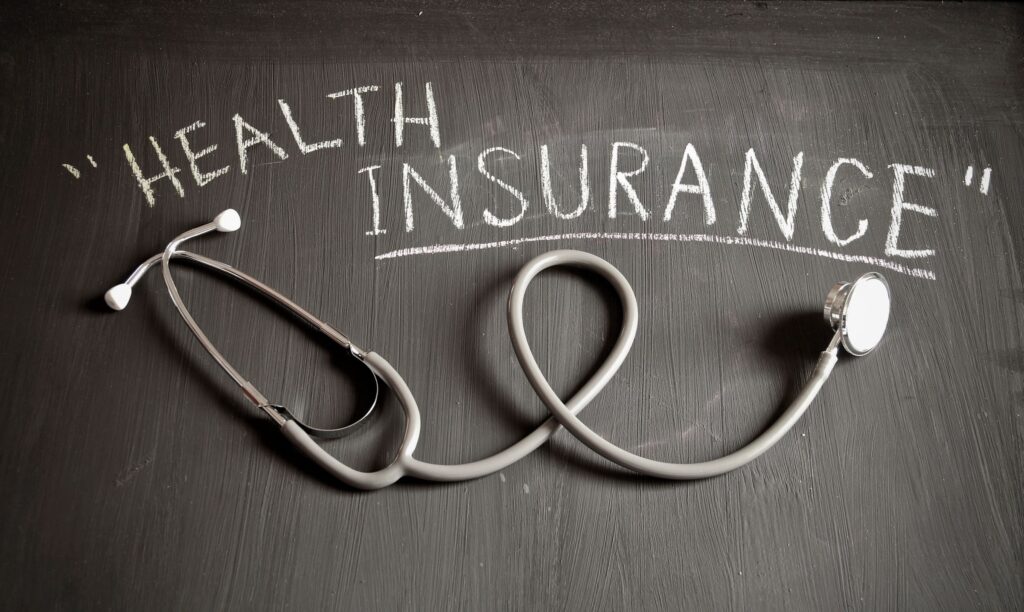Allowing a government-sponsored “public option” health care plan on the individual insurance market could push up the price of private plans while not substantially decreasing the number of uninsured people, a new study finds.
The analysis by the RAND Corporation found premiums for public plans could be 10 percent to 27 percent lower than private insurance plans because of lower provider payment rates in the public option.
The researchers estimate 13.9 million people in the individual market would switch to the public option and 4.1 million would stay with the private plans on the exchange. That would raise prices on the exchange plans, the study states.
“A relatively smaller pool of sicker and more expensive people would remain enrolled on private plans because of assumptions that higher spenders would have lower preferences for public plans because of real or perceived access barriers to lower payments to providers,” the study states.
Not Much Improvement Found
The researchers modeled four scenarios for adding a public option nationwide and assumed varying rates of payments to providers and whether the public option plan would be offered on the Obamacare exchanges. Under three of the scenarios, the number of uninsured people would fall by 3 to 8 percent, and the number of uninsured would decline marginally under the fourth scenario.
Tax credits for lower-income individuals who switch to a public option would probably be reduced because the premiums would be lower, the study states.
The study, “Public Options for Individual Health Insurance: Assessing the Effects of Four Public Option Alternatives,” was released on May 28.
Says It’s Not Competition
Policymakers should reject claims that a public option system will bring more competition to the marketplace, says Robert Moffit, a senior fellow at The Heritage Foundation.
“The government health plan is superficially attractive, like the proverbial wolf in sheep’s clothing, because the government will set artificially low premiums for its health plan and force, either directly or indirectly, doctors, nurses, and other medical professionals to accept artificially low payments for the medical services,” said Moffit.
At first, public option plans will have government-imposed advantages to make them more attractive to a broader swath of consumers, but that will create big problems, says Moffitt.
“It will encourage employers to dump workers and their families out of their existing coverage, as well as drive other private health plans out of the market,” said Moffit.
If the public option plans run into financial trouble, the federal government will force taxpayers to pony up more money for subsidies because the system will be “too big to fail.”
“With the market heavily concentrated, it is only a matter of time for the program to evolve into the single payer system—the intention all along,” said Moffit.
Doubts It Would Happen
The assumptions in the Rand report are unrealistic, says Charles Silver, a professor at the University of Texas School of Law, adjunct scholar at the Cato Institute, and coauthor of Overcharged: Why Americans Pay Too Much for Health Care.
“The result rests entirely on the belief that payments to providers will be cut significantly when a public option is created,” said Silver. “There is no historical precedent for the federal government reducing payments to providers,” said Silver. “Payments always increase. See the history of the Sustained Growth Rate formula discussed in my book.”
Silver says there is no reason to believe a public option will succeed in drawing a large number of enrollees by underpricing other forms of insurance.
“The likely result of a public option will be the use of general taxpayer dollars to subsidize premiums,” said Silver. “This is what happens in existing programs like Medicare. People pay in far less money than they receive in benefits, and the difference is covered by taxpayer dollars.”
Bonner R. Cohen, Ph.D., (bcohen@nationalcenter.org) is a senior fellow at the National Center for Public Policy Research.
